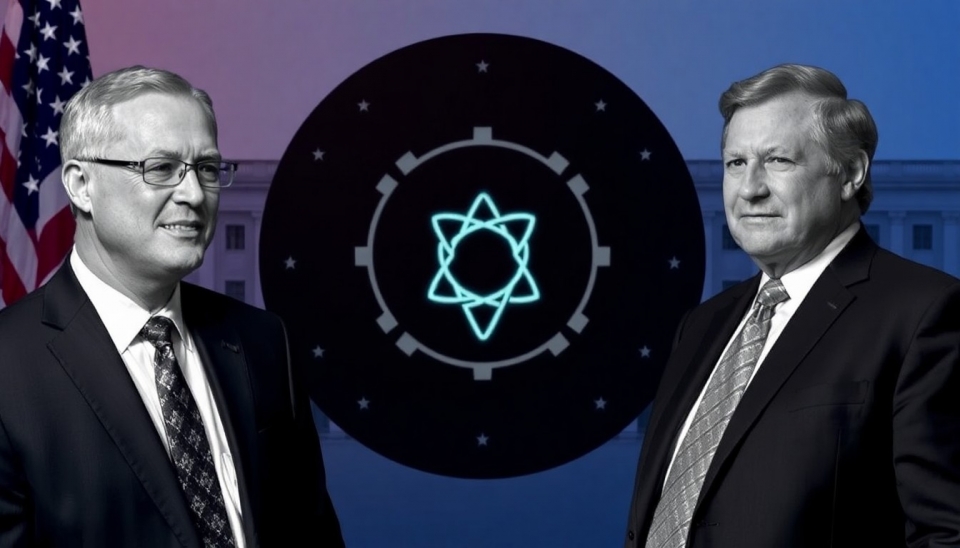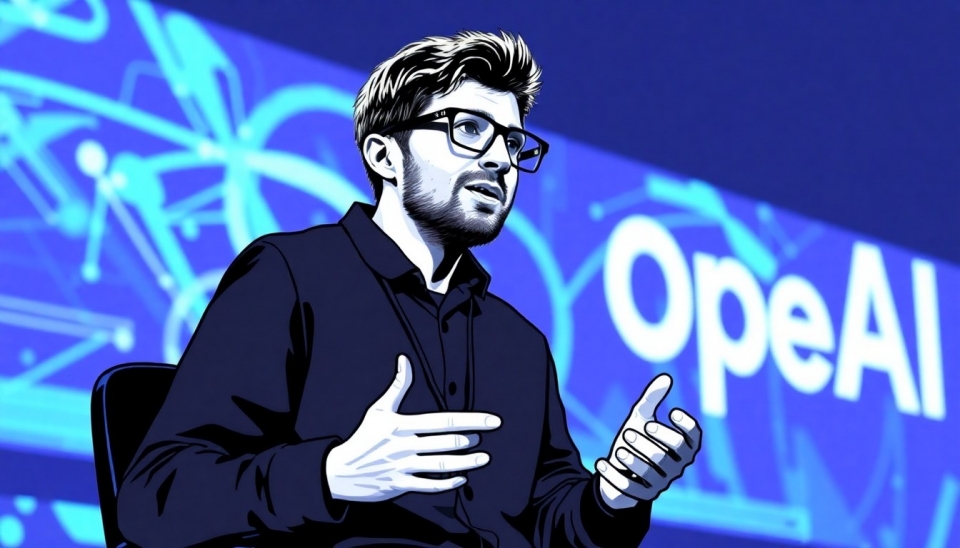
The head of the United States AI Safety Institute, a pivotal organization dedicated to promoting safe practices in artificial intelligence, has announced plans to step down. This decision comes as former President Donald Trump signals a significant shift in the government's approach to AI regulation, creating uncertainty within the agency that focuses on the ethico-technical safeguards that have been established over the past few years.
Dr. Sarah Mitchell, who has led the institute since its inception, stated that her departure will allow for a new direction that aligns with the incoming administration’s vision for tech regulation. As tensions grow about the implications of AI technologies on society, her exit raises questions about the future of AI safety efforts within the federal government.
Under Dr. Mitchell's leadership, the AI Safety Institute implemented numerous guidelines aimed at regulating the use of AI in various sectors including healthcare, finance, and public safety. These measures were designed in response to growing concerns over the potential misuse of AI technologies, which include predictive algorithms and autonomous systems. With the shifting political winds, there is apprehension regarding the sustainability of these initiatives and the priorities that her successor may establish.
Trump’s return to the political forefront brings with it a renewed focus on deregulation and economic growth, which may compromise the stringent AI safety protocols advocated by Dr. Mitchell. In recent speeches, Trump has hinted at a desire to scale back what he refers to as “overreaching regulation” in technology sectors, suggesting that innovation should be prioritized over governmental oversight. This stance has raised alarms among experts in the field, who argue that such a pivot could lead to vulnerabilities in the AI landscape.
The upcoming transition period for leadership at the AI Safety Institute is crucial as the organization evaluates its strategic directives in light of this new political climate. Observers argue that the effectiveness of AI safety measures may be challenged if there's a drastic shift away from the collaborative frameworks that have been built between government, private industry, and tech communities during the past years.
Furthermore, the anticipated departure of Dr. Mitchell is expected to impact not only regulatory courses but also the relationships forged with international organizations focused on AI ethics and safety. The global community has been closely watching the United States' approach, and any significant changes could lead to a ripple effect in international AI governance strategies.
As this transition unfolds, stakeholders across the tech landscape will be keen to see how the new leadership will balance innovation and safety in their policy-making. The future of the AI Safety Institute now hangs in the balance, and many are speculating what this will mean for the future of AI in America.
In summary, the leadership change at the U.S. AI Safety Institute takes place against a backdrop of potential drastic changes in AI regulation policies initiated by the Trump administration, stirring speculation and concern among experts and advocates for responsible AI development.
#AISafety #ArtificialIntelligence #TechRegulation #LeadershipChange #TrumpAdministration #InnovationVsSafety #AIEthics
Author: Liam Carter

